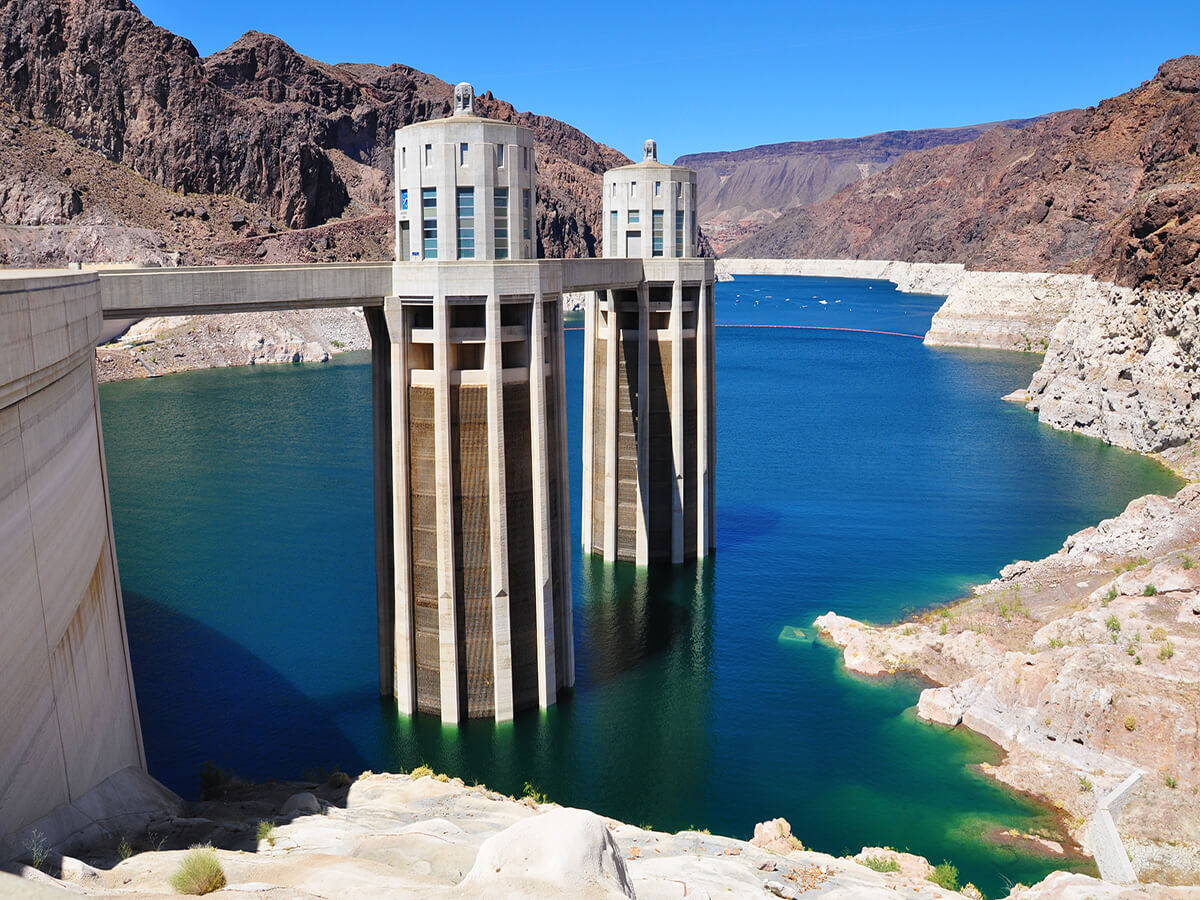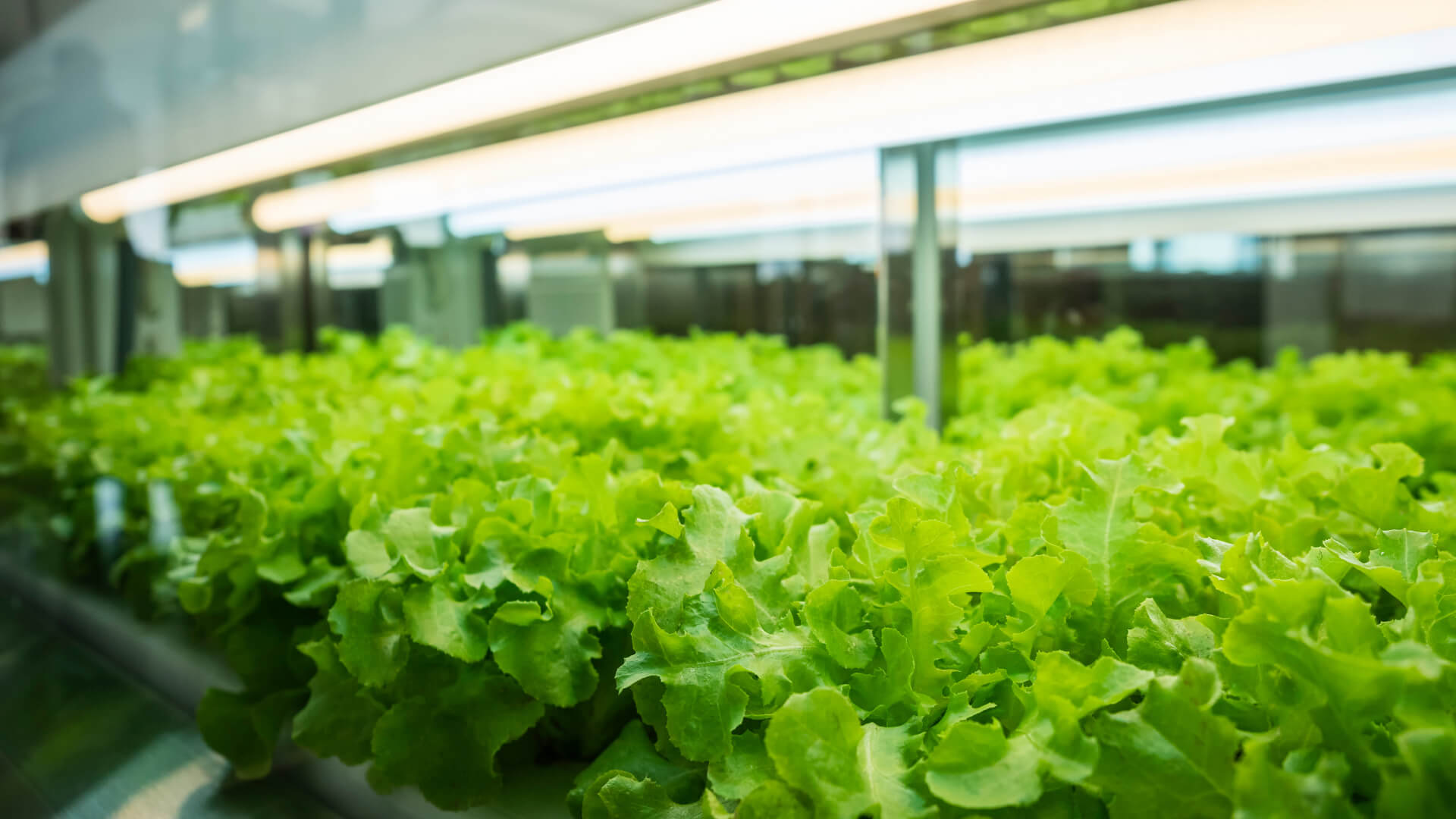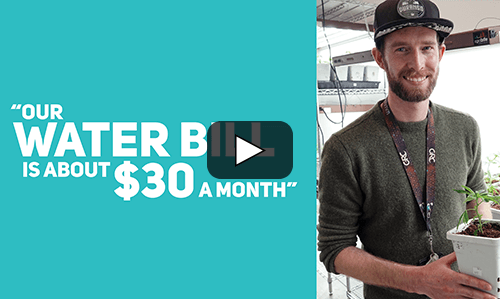For over two-decades, the Colorado River Basin has suffered from what has been dubbed a “megadrought.” After continual cuts to water usage, the United States Bureau of Reclamation is threatening to impose its own water conservation plan if the affected states cannot come to a sufficient water conservation agreement. For farmers in the Southwest, this could spell ever-mounting hurdles to accessing water for irrigation.
The Colorado River Crisis
The Colorado River provides water to 40 million Americans in seven U.S. states including Colorado, Wyoming, Utah, New Mexico, Arizona, Nevada, and California as well as Mexico. The river feeds the two largest reservoirs in the nation, Lake Powell and Lake Mead, both of which are almost three-quarters empty.
Not only does this pose a threat to water accessibility in the Basin, but also to hydroelectric power generation. If water levels continue to drop, Lake Mead could soon be faced with a “dead pool” in which the water is no longer able to flow downstream from the dam, rendering the turbines unable to generate power.

To avoid this from occurring, the seven states have been tasked with engineering an aggressive water conservation plan. While the politics of water cutbacks are currently being negotiated, including debates regarding compensation for forgoing water use and accounting for evaporation, failure to reach an agreement could result in federally imposed restrictions.
Ideally, representatives in areas like Las Vegas would like to achieve a negative footprint in water consumption, although this is easier said than done. Rising populations have forced municipalities to choose between allocating diminishing resources to cities and the agricultural sector.
Effect on Farming
In a 2022 statement, General Manager of the Southern Nevada Water Authority John Entsminger asserted, “Around 80% of Colorado River water is used for agriculture.” With that statistic in mind, it’s no surprise that the agricultural industry is likely going to face even more restrictions as negotiations unfold.
“We are in an incredibly critical time right now,” warned Director of the Colorado Water Conservation Board Becky Mitchell at the Colorado River Water User Association’s 2022 conference. “You will not like all of our decisions because they will be painful.” The exact extent of these restrictions is not yet finalized, but it certainly raises alarms for farmers of both cannabis and food crops. However, perhaps this presents an opportunity for innovation by way of indoor cultivation.
Innovating How We Grow Food
The Colorado River megadrought is alarming. Optimizing water use has been encouraged, but while traditional commercial agriculture takes center stage in discussions of the topic, the existence of indoor cultivation facilities has been largely ignored. “I’m not suggesting that farmers stop farming,” Entsminger says, “but rather that they carefully consider crop selection and make the investments needed to optimize irrigation efficiency.”
At least in the U.S., the indoor farming sector has yet to be recognized as holding the same legitimacy as outdoor cultivation. But why? Some people view the concept as impractical. Why use artificial lights to grow plants when the sun is free, after all? Of course, indoor cultivation is more energy intensive than traditional farming. But this argument fails to address the many factors that can make indoor farms much more efficient and a viable option for satisfying the growing demand for food production.

Indoor growers can significantly minimize their energy consumption. This can be achieved by working with engineering firms that offer efficient options for cultivation and is improving with the increasing adoption of renewables and innovations in lighting and HVAC technologies. Benefits of properly designed indoor farms include better space utilization, improved yields, reduced greenhouse gas emissions associated with transportation, and perhaps best of all; water reclamation.
Water Reclamation in Indoor Farms
While indoor food production is still in its infancy, many cannabis producers in the Colorado River Basin are already exemplifying the opportunities for water conservation that indoor cultivation offers.
In 2019, we visited a client located in Colorado who reported having a monthly water bill of around $30. This was made possible thanks to their water reclamation system in which water could be recaptured through the farm’s dehumidification system and fed back to the plants.
How Does Water Reclamation Work?
In indoor cultivation, water reclamation is achieved by capturing water via the grow room’s dehumidification system and conditioning it to be reintroduced to the plants via the irrigation system. In most HVAC systems, moisture removed from the air is discarded. But this option allows farmers to recycle their water, significantly reducing water costs and conserving water usage by as much as over 90%.
Once water has been delivered to a grow space, via hydroponics, aeroponics, a drip system, or any other means of irrigation, the water will eventually leave the space in one of several ways. It may be drained as excess water from the space (although the most efficient grows are able to limit wastewater through careful monitoring and the help of controls and automation systems). It may heat up and enter the atmosphere as water vapor. Or, most efficiently, it will be absorbed by the plant and transpired as water vapor into the air.
The latter two will be collected by the HVACD equipment and drained into a reclamation . The water recaptured is the exact same H2O molecule that the plant drank in the beginning. It is then re-filtered, oxygenated, Ph’d, and sterilized for reuse.
Incorporating Efficiency into Cultivation Facility Design
It is clear that the agricultural sector in the Colorado River Basin will continue to face water cutbacks for the foreseeable future. Indoor cultivation must be part of the conversation as it relates to water conservation efforts in farming activities.
If you are considering starting an indoor agriculture operation, you will need to take water and energy optimization into account early on in the planning process. Architectural design and mechanical, electrical, and plumbing (MEP) engineering requirements for indoor farms are extremely unique. That is why you should only place your trust with a design team that has substantial experience in controlled environment agriculture.
Having served nearly 1,000 cultivators, Surna Cultivation Technologies is a leader in indoor farm design and engineering. Our specialized HVAC solutions are designed to meet the temperature and humidity needs of your plants. And because we can offer other grow systems including lighting, benching, and water treatment, water reclamation is an option that can be easily incorporated into your plans. We can design an HVAC system to deliver condensate to the treatment system, and we can help incorporate the treatment system into your irrigation design.
Contact us today to arrange a free consultation with an indoor ag HVAC and facility design expert.


